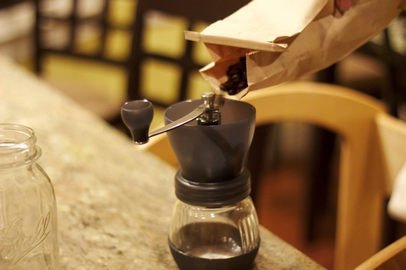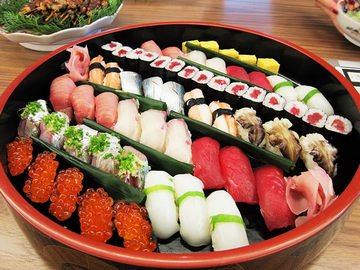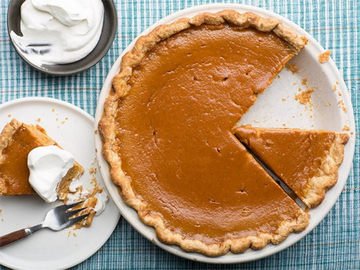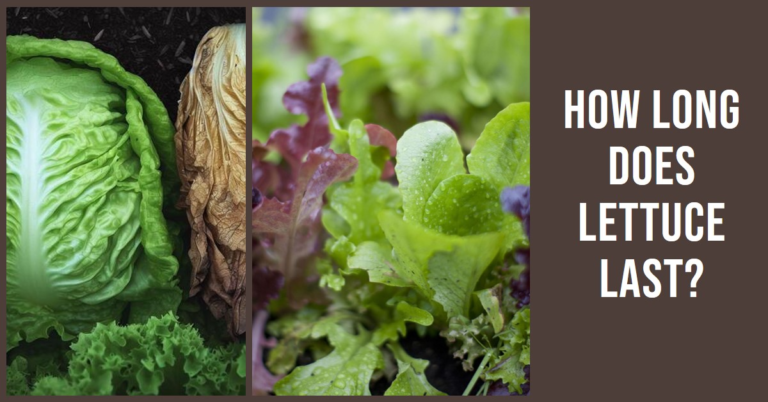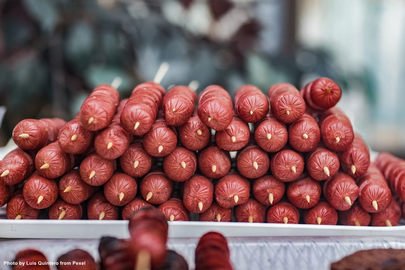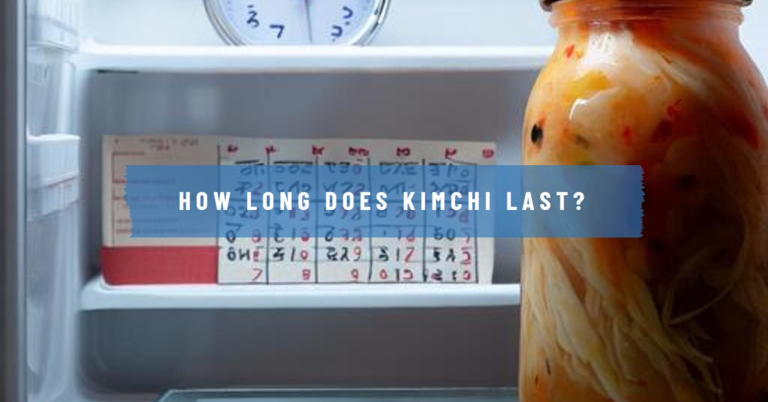A QUICK GLANCE…
The shelf life of coffee depends on several factors, such as the form of coffee (whole beans, ground coffee), storage conditions, and packaging. Generally, unopened bags of whole beans or ground coffee can last for several months to a year past the expiration date if stored properly in a cool, dry, and airtight container. However, once opened, coffee starts to lose its freshness, and it is recommended to consume it within 1-2 weeks for the best flavor. Factors like exposure to air, moisture, and light can accelerate the deterioration process, leading to a decline in taste and aroma. To ensure the longest possible lifespan, it is advisable to store coffee away from heat sources and avoid freezing it, as frequent temperature changes can affect its quality.

Have you ever wondered how long your coffee lasts before it goes stale? As avid coffee drinkers, my team and I have researched and experimented with different methods to keep our coffee fresh.
We discovered that there are several factors that can affect a coffee’s shelf life, including roast level, packaging, and storage conditions. The roast level of a coffee can greatly impact its freshness. Coffee beans that have been roasted longer tend to lose their flavor faster than beans that have been roasted for a shorter amount of time.
Additionally, the packaging and storage conditions can also affect the coffee’s freshness. In this article, we will explore each of these factors in more detail and provide tips on how to maximize the freshness of your coffee.
Factors That Affect Coffee’s Shelf Life
Understanding the factors that affect coffee’s shelf life is crucial for ensuring the quality and freshness of your brew. Two of the most significant factors that determine coffee’s shelf life are the roast color and the oxidation rate.
Roast color refers to how dark the beans are roasted, affecting the oils and flavors within the coffee. Lighter roasts, for example, have a shorter shelf life than darker roasts since they contain more oils and are more susceptible to oxidation.
Oxidation rate refers to how quickly oxygen reacts with the coffee’s compounds, causing them to break down and lose flavor. Once the coffee is exposed to air, oxidation begins, and the process can’t be reversed. This is why it’s essential to store coffee in an airtight container and grind only what you need.
Whole bean coffee can last up to two weeks, while pre-ground coffee loses its flavor within a few days. Another essential factor that affects coffee’s shelf life is the storage method. Coffee should be stored in a cool, dry place away from sunlight and moisture.
Storing coffee in the refrigerator or freezer is not recommended since it can introduce moisture and odors that can affect the coffee’s flavor. By taking care to store your coffee correctly, you can extend its shelf life and enjoy a fresh and flavorful brew for longer.
Roast Level and Its Impact on Freshness
Did you know that the roast level of your coffee can greatly impact how fresh it tastes, so choosing the right roast level can make all the difference in your morning cup?
Roast level impact is an important factor to consider when determining the shelf life of your coffee. The freshest coffee is typically found in light roasts, which retain more of the original flavor profile of the beans than darker roasts.
Flavor profile changes are another important factor to consider when choosing a roast level. Light roasts tend to have a more acidic and fruity flavor profile, while dark roasts have a more bitter and smoky taste. Medium roasts offer a balance between the two, with a slightly sweeter flavor profile than dark roasts.
It’s important to note that the flavor profile of coffee changes as it ages, so the roast level you choose can impact how quickly your coffee loses its freshness.
In order to ensure the freshest cup of coffee possible, it’s best to choose a roast level that aligns with your personal taste preferences and brewing method. If you prefer a brighter, more acidic cup of coffee, a light roast may be the best option for you. If you prefer a stronger, more bitter cup, a dark roast may be more your style.
No matter what roast level you choose, it’s important to store your coffee properly to maintain its freshness for as long as possible.
Packaging and Its Role in Coffee Preservation
You’ll be amazed at how much of a difference proper packaging can make in keeping your morning cup of joe fresher and more flavorful.
Different packaging types play a vital role in coffee preservation. Coffee packaging can be categorized into two types: bags and containers. Bags are the most common form of packaging for coffee, and they come in various materials such as paper, foil, and plastic. Containers, on the other hand, are a more durable option and can be made of glass, ceramic, or stainless steel.
While packaging plays a significant role in coffee preservation, it also has an environmental impact. Most coffee bags are not recyclable, and they end up in landfills.
Some coffee companies have started using biodegradable bags, which are made from materials that can decompose quickly and do not harm the environment. Reusable coffee containers are also an excellent alternative to traditional coffee bags as they reduce waste and can keep coffee fresh for a more extended period.
In conclusion, proper coffee packaging is critical in keeping your morning cup of joe flavorful and fresh. Different packaging types have different impacts on coffee preservation, and it’s essential to choose the right one.
While packaging plays a vital role in coffee preservation, it’s also essential to consider its environmental impact. Opting for biodegradable bags or reusable coffee containers can help reduce waste and keep your coffee fresh for longer.
Storage Conditions That Keep Coffee Fresh
To keep your morning cup of joe fresh and flavorful, it’s crucial to store it properly. You can do this by following these simple storage conditions.
First, invest in airtight coffee storage containers that can keep the coffee away from air and light. Airtight containers can also keep the coffee away from moisture, which can cause mold growth. Exposure to air and light can lead to oxidation, which can make your coffee stale.
Second, store your coffee at room temperature. You might be tempted to store your coffee in the fridge or freezer to keep it fresh, but this can actually do more harm than good. Additionally, the process of freezing and thawing can lead to condensation, which can also make your coffee stale. Coffee can absorb moisture and odors from other foods in the fridge or freezer, which can affect its flavor.
Third, use optimal brewing techniques when making your coffee. The brewing method you use can also affect the freshness of your coffee. Following the recommended brewing temperature and time for your chosen brewing method can help ensure that your coffee tastes fresh and flavorful.
By following these simple storage conditions, you can help keep your coffee fresh and flavorful for longer. Remember to invest in airtight coffee storage containers, store your coffee at room temperature, and use optimal brewing techniques. These steps can help ensure that you can enjoy a delicious cup of coffee every morning.
Tips for Maximizing Your Coffee’s Freshness
If you’re a coffee lover, you know that the key to a perfect brew is freshness, and to help you achieve that, here are some tips to maximize your coffee’s flavor.
First, consider your brewing methods. Different brewing methods require different types of coffee beans, so make sure you purchase the right kind for your preferred brewing method. Additionally, be mindful of the water temperature and brewing time to avoid over-extraction, which can lead to a bitter taste.
Second, store your coffee properly. The best way to preserve your coffee’s freshness is to keep it in an airtight container away from light, heat, and moisture. Avoid storing your coffee in the fridge or freezer, as the constant temperature changes can affect the beans’ flavor. Instead, keep it in a cool, dry place, like a pantry or cupboard.
Lastly, only buy what you need. Coffee beans lose their freshness quickly, so it’s best to only purchase what you’ll use within a week or two. If you’re unsure how much you need, start with a small amount and adjust accordingly.
By following these tips, you can ensure that your coffee stays fresh and flavorful, no matter how you choose to brew it.
Conclusion
In conclusion, the shelf life of coffee depends on several factors, such as roast level, packaging, and storage conditions. The fresher the coffee, the better its taste, aroma, and quality. Therefore, it’s essential to buy coffee from reputable sources, check the roast date, and store it properly in airtight containers away from heat, light, and moisture.
By following these tips, you can ensure that your coffee stays fresh and flavorful for longer and enjoy a delicious cup of joe anytime you want. So go ahead and savor the rich and complex flavors of coffee, knowing that you’re getting the best out of each bean.
